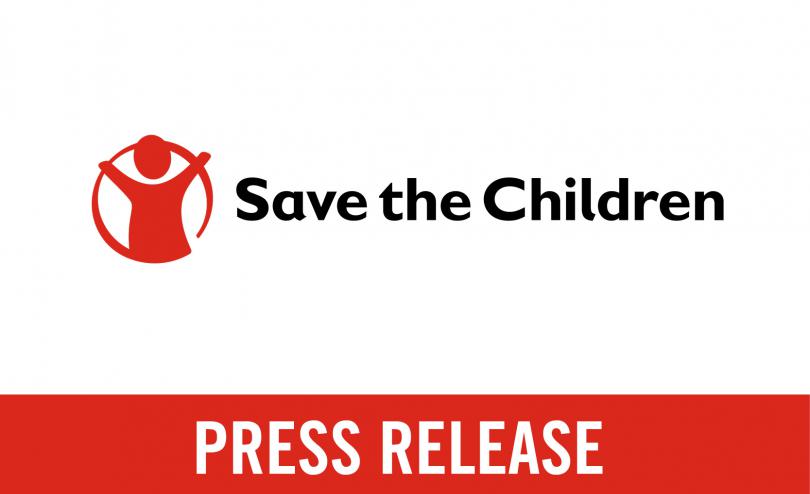AFGHANISTAN: Health system collapse will result in thousands of additional child deaths each month – Save the Children

The collapse of Afghanistan’s health system will result in the deaths of thousands of more children under the age of five each month, Save the Children warned today.
More than 2,000 health facilities have already closed their doors following the suspension of aid by international donors – around 87% of the 2,300 health facilities in the country[1].
A Lancet study found that reductions in health services of even 39-52% could result in a devastating increase of 2,170 child deaths per month[2]. Save the Children said the number of deaths will now be much higher.
The agency said millions of severely malnourished children are in urgent need of malnutrition treatment, with many at risk of dying if they are not treated immediately.
Dr Staniczai, Senior Health Technical Advisor at Save the Children in Afghanistan, said:
“The health and nutrition of children have already been worsening day by day. If health services don’t reopen urgently, the increase in child and maternal deaths will be devastating. When our health team resumed its services in Kandahar in September, nearly half of all children they assessed for malnutrition on their first day of work were acutely malnourished.
“A child who is suffering from severe acute malnutrition is nine times more likely to die than a child who is not malnourished. Currently, 2 million acutely malnourished children under the age of five do not have access to treatment, and with the clinics closing their doors by the day, we are sadly going to see many more child deaths.”
M. Shakib, a frontline health worker for Save the Children’s in Kandahar, said:
“Every day since we restarted work we’ve seen six or seven children with severe malnutrition. Even today, we’ve already seen five children with severe malnutrition. As we continue screening more children in more areas, the numbers of severely ill children will keep growing.”
Before the Taliban took control in August this year, the humanitarian situation in Afghanistan was one of the worst in the world, with half of all children under five and one in four pregnant and lactating women projected to need life-saving treatment for malnutrition in the second half of this year. The situation is now likely to be a lot worse, Save the Children said.
The agency wants international donors to urgently increased humanitarian funding and explore mechanisms that would allow for currently frozen development aid to reach Afghan children in need. In addition, it said exemptions to counter-terrorism policies and sanctions are urgently needed to enable aid organisations to deliver their life-saving services.
Athena Rayburn, Director of Advocacy and Campaigns at Save the Children in Afghanistan, said:
“Funding for health services dried up almost overnight, forcing hospitals and clinics to close their doors and leaving millions of severely malnourished children unable to get the life-saving treatment they need.
“Our teams are doing everything they can to get children the life-saving nutrition treatment they need, but funding is urgently needed for health services to remain open. As well as an increase in flexible humanitarian funding, we urgently need donors to provide exemptions under existing counter-terror policies which prevent us from delivering our life-saving services for children.”
Save the Children has resumed its life-saving health services in Kandahar and Balkh provinces, as well as Nangarhar, Langham and Kunar, where it has already reached 1,340 children and mothers with health and nutrition services. Save the Children’s mobile health clinics provide primary, newborn and maternal health services, treatment for acute malnutrition and mental health services, supported by both male and female staff.
[1] 2,300 health facilities according to the UN.
[1] The research used the Lives Saved Tool (LiST) to model three scenarios in which the coverage of essential maternal and child health interventions is reduced by 9·8–51·9% and the prevalence of wasting is increased by 10–50%. The most severe scenario (coverage reductions of 39·3–51·9% and wasting increase of 50%) resulted in 2,170 additional deaths in children under five each month.
For further enquiries please contact:
Charlotte.Rose@savethechildren.org or Belinda.goldsmith@savethechildren.org
We have spokespeople available.
Our media out of hours (BST) contact is media@savethechildren.org.uk / +44(0)7831 650409




